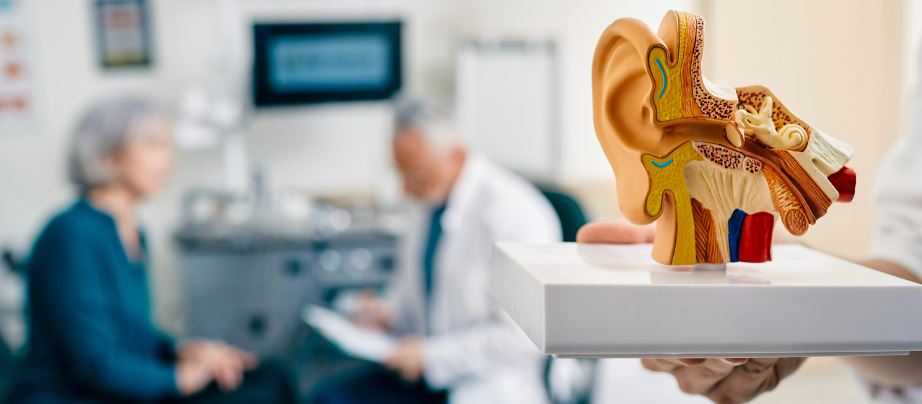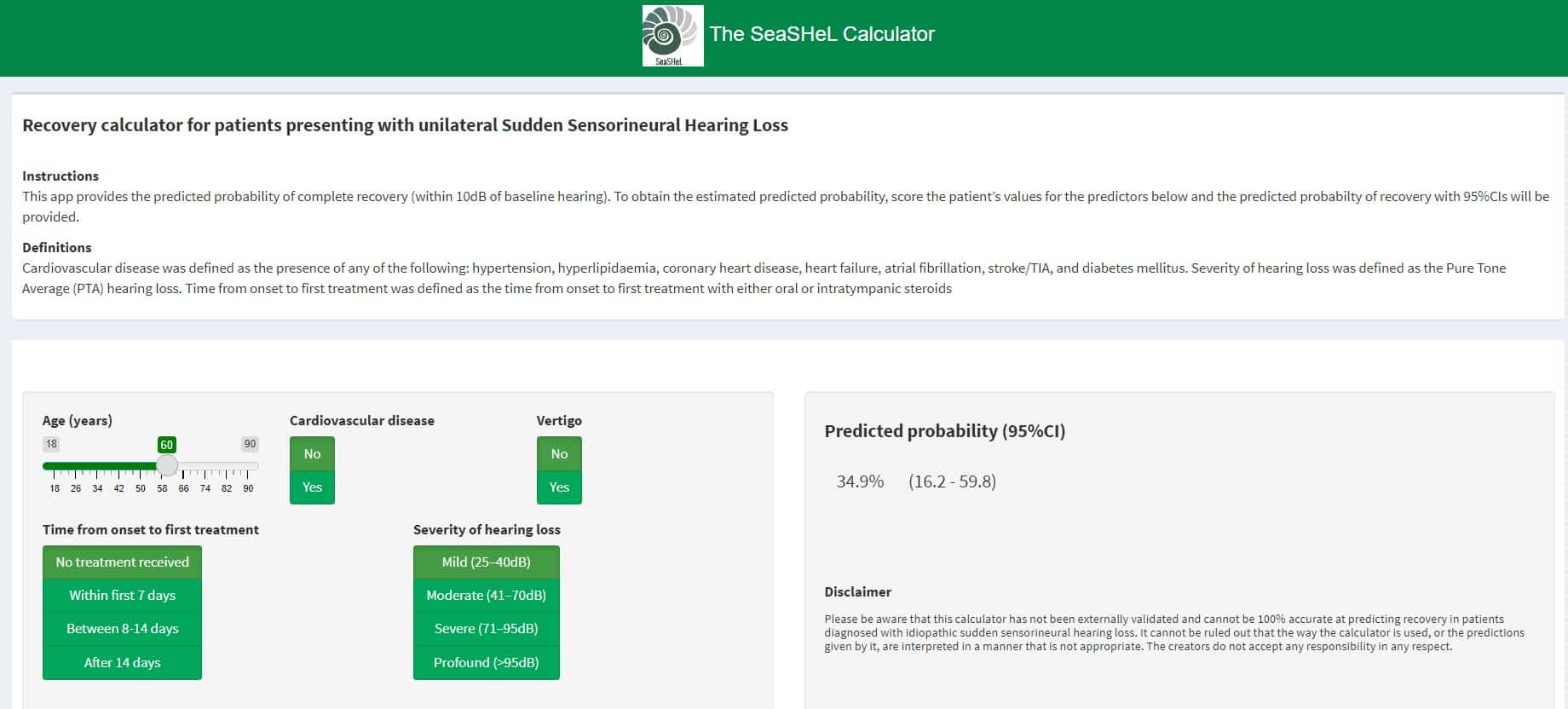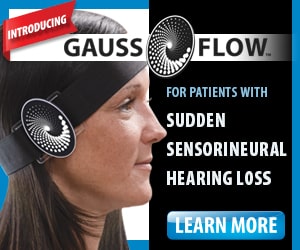A new study published in JAMA Otolaryngology introduces a prognostic model aimed at predicting hearing recovery in patients with idiopathic sudden onset sensorineural hearing loss (iSSNHL). This condition, characterized by a rapid, unexplained hearing loss, poses challenges for both patients and healthcare providers.
The model aims to provide more clarity in treatment decisions, especially considering the variability in recovery outcomes.
Purpose of the Study
iSSNHL affects an estimated 20 to 60 individuals per 100,000 annually, with 90% of cases having no known cause. Many patients with iSSNHL experience additional symptoms such as tinnitus and difficulty understanding speech in noisy environments, contributing to a decline in their quality of life.
Given the uncertainty around recovery, patients face heightened anxiety, while healthcare professionals lack a reliable tool to predict outcomes. Existing studies had identified potential prognostic factors but lacked practical models that could be applied in clinical settings. This research was initiated to address this gap by developing and validating a prognostic model that could aid in predicting the likelihood of complete hearing recovery.
Study Design and Methodology
This prognostic study analyzed data from 458 adult patients with iSSNHL who had been treated at 76 National Health Service (NHS) ENT clinics across the UK between 2019 and 2022. The researchers identified nine key variables previously reported as prognostic factors, including age, sex, presence of tinnitus and vertigo, time between symptom onset and steroid treatment, and severity of hearing loss at presentation.
They used multivariable logistic regression to evaluate the impact of these variables and, after backward selection, developed a final model that incorporated five key predictors.
The study defined “complete hearing recovery” as a return to within 10 dB of the patient’s pre-iSSNHL hearing levels across all frequencies at 6 to 16 weeks after symptom onset. The model was validated using bootstrapping, with 500 repetitions to ensure robustness.

Key Findings
The study’s findings demonstrated that five key factors reliably predicted hearing recovery: early steroid treatment (within seven days of symptom onset), lower severity of hearing loss at presentation, absence of vertigo, younger patient age, and a history of cardiovascular disease.
Notably, the strongest predictor of recovery was steroid treatment within the first seven days, with patients who received early treatment having more than five times the odds of complete recovery compared to those who did not receive treatment.
Dr. Rishi Mandavia, the study’s lead author, emphasized the importance of early treatment:
“Our model strongly supports starting steroid treatment within the first seven days, as this is associated with much higher chances of full recovery. It highlights the importance of early treatment and that delaying or avoiding treatment altogether leads to significantly worse outcomes for patients.” This aligns with the study’s findings, which demonstrated that the odds of recovery decreased substantially when treatment was delayed beyond 14 days.”
Interestingly, the study also found that a history of cardiovascular disease was linked to higher chances of hearing recovery. While this result was unexpected, the researchers suggested that it might be related to the use of anti-inflammatory medications by cardiovascular patients or to differences in the underlying mechanisms of hearing loss.
Further studies are needed to fully understand this association.
Implications for Healthcare Professionals
With its ability to provide individualized recovery predictions, the model serves as a valuable tool for guiding treatment decisions.
By integrating this tool into clinical practice, physicians can better inform their patients about their prognosis and tailor treatment plans accordingly. The model’s strength lies in its ability to reduce the uncertainty around iSSNHL outcomes, potentially alleviating some of the anxiety experienced by patients as they navigate this condition.
Additionally, healthcare professionals are encouraged to initiate steroid treatment as soon as possible. The model reinforces the importance of timely intervention, especially within the first week of sudden hearing loss onset, to maximize the chances of recovery. As Dr. Mandavia pointed out, “ENT surgeons should act fast to initiate treatment and ensure the patient has the best possible outcome.”
Future Directions
While the model has been validated internally, further research is necessary to test its applicability in diverse, international settings. The authors noted that future studies could also incorporate novel biomarkers of hearing loss, which might enhance the model’s predictive capabilities.
The study offers an online tool, freely accessible to clinicians, that calculates the probability of complete recovery for individual patients based on the identified factors. This resource will help clinicians make more informed decisions and discuss treatment options with their patients in a clearer and more data-driven manner.

The SeaSHeL Calculator: The app calculates the predicted probability of complete hearing recovery (within 10 dB of baseline). To generate the estimate, users input the patient’s values for specific predictors. Then the estimated probability of recovery is provided along with 95% confidence intervals.
The development of this prognostic model marks a significant step forward in the treatment of iSSNHL. It provides ENT physicians and other healthcare professionals with a practical, evidence-based tool for predicting hearing recovery and guiding treatment decisions.
**The online SeaSHel Calculator can be accessed here.
Citation
- Mandavia, R., Joshi, N., Hannink, G., et al. (2024). A prognostic model to predict hearing recovery in patients with idiopathic sudden onset sensorineural hearing loss. JAMA Otolaryngology–Head & Neck Surgery. Published online September 5, 2024. doi:10.1001/jamaoto.2024.2598







